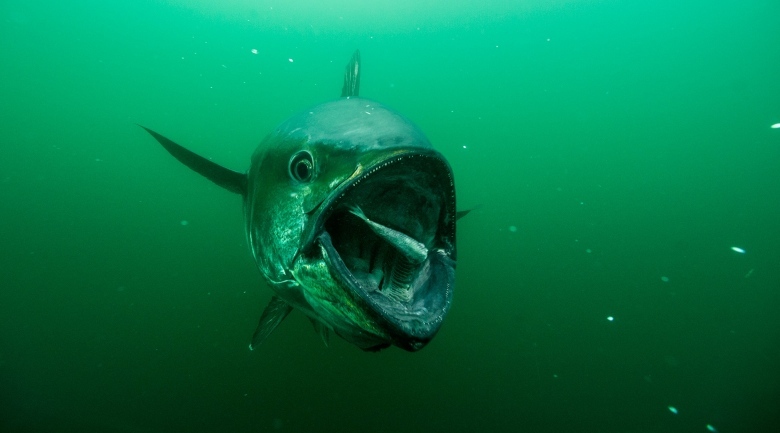
How did fish evolve into four-legged beasts? A key part of that mystery has been solved by fossils found on a Nova Scotia beach. Tetrapods, named for their four limbs, are fish-like amphibians that made the transition from the sea to the land. A gap in the fossil record of tetrapod evolution has puzzled scientists since the 1950s.
But tetrapod fossils found at Blue Beach, located on the Avon River estuary on the Bay of Fundy near Wolfville, N.S., suggest the gap may have been an illusion. The findings were published in a new paper published in PLOS ONE by Anderson and Canadian and British colleagues.
Tetrapods first developed flipper-like limbs and started crawling out of the water about 370 million years ago. At that time, they were quite large, about the size of a person, and very fish-like, with tail fins and internal gills. They also had variable numbers of fingers and toes, "up to eight," Anderson said in an interview that airs Saturday.
Now, Anderson, Chris Mansky of the Blue Beach Fossil Museum in Nova Scotia, and their collaborators have found and described fossils from at least four different kinds of tetrapods. The fossils show that both fish-like and advanced tetrapods lived alongside one another.
